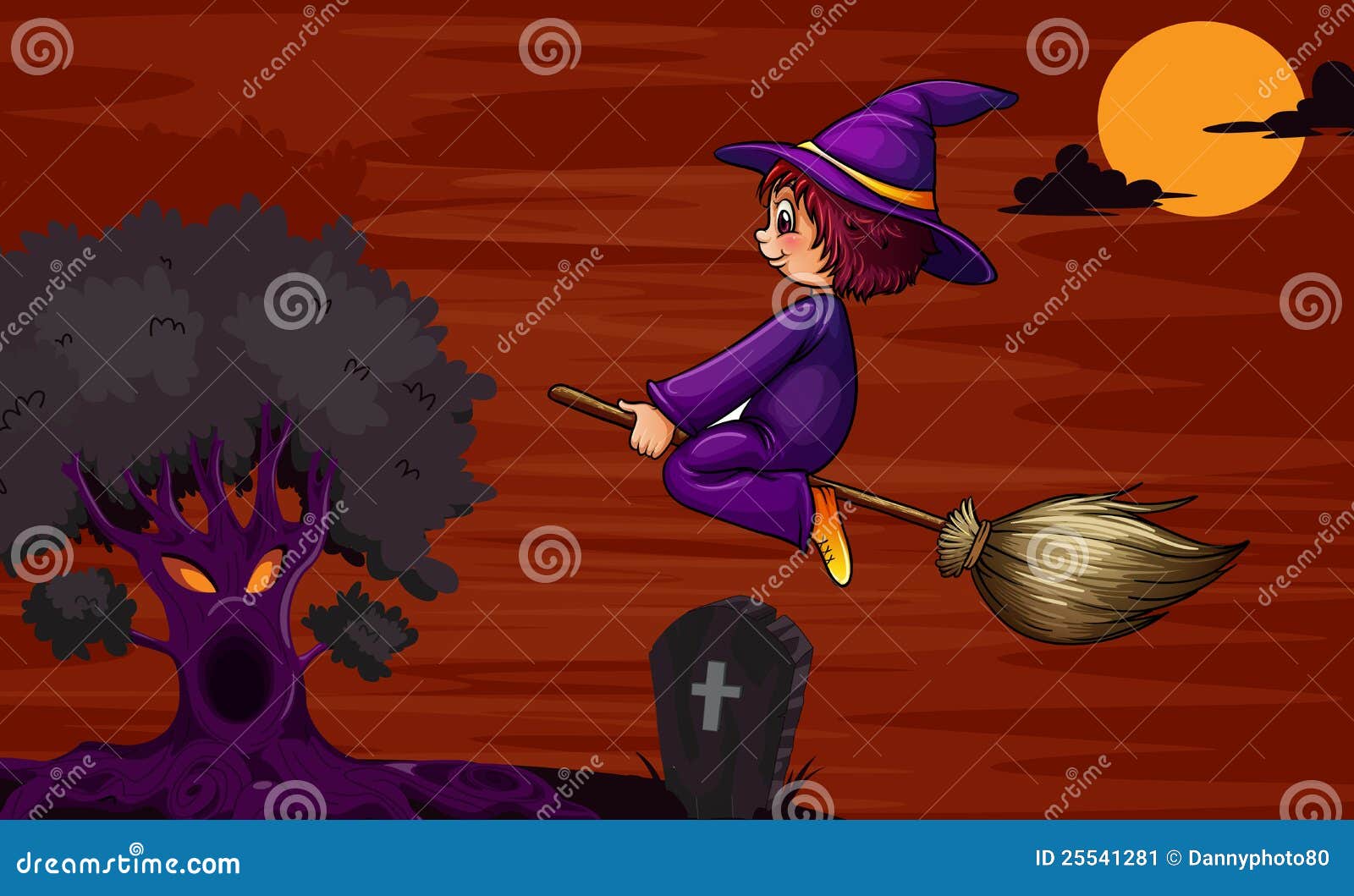

WITCH ON A BROOM FLYING MANUALS
Modern knowledge of witches often comes from manuals written by inquisitors, ecclesiastical judges and testimony by accused witches - much of it produced under duress or torture, Zika explained. Sources from the era when fears about witchcraft peaked are unreliable and biased, noted Charles Zika, a professor at the University of Melbourne, who has written about the imagery of witchcraft.

It's hard to know whether or not witches actually did the deeds they were rumored to have done (like mounting hallucinogen-laced wooden staffs in their covens). In his "Quaestio de Strigis" of 1470, Bergamo writes of witches who on "certain days or nights they anoint a staff and ride on it to the appointed place or anoint themselves under the arms and in other hairy places." The English historian Raphael Holinshed later recounted the case and described some of the supposedly damning evidence authorities found against Kyteler: "In rifleing the closet of the ladie, they found a pipe of ointment wherewith she greased her staffe, upon which she ambled and galloped through thick and thin."Īnother oft-cited account comes a from 15th-century manuscript by theologian Jordanes de Bergamo. (Kyteler escaped, and her maid was burned at the stake in her stead.)

Lady Alice Kyteler, Ireland's earliest known accused witch, was condemned to death for using sorcery to kill her husband in 1324.


 0 kommentar(er)
0 kommentar(er)
